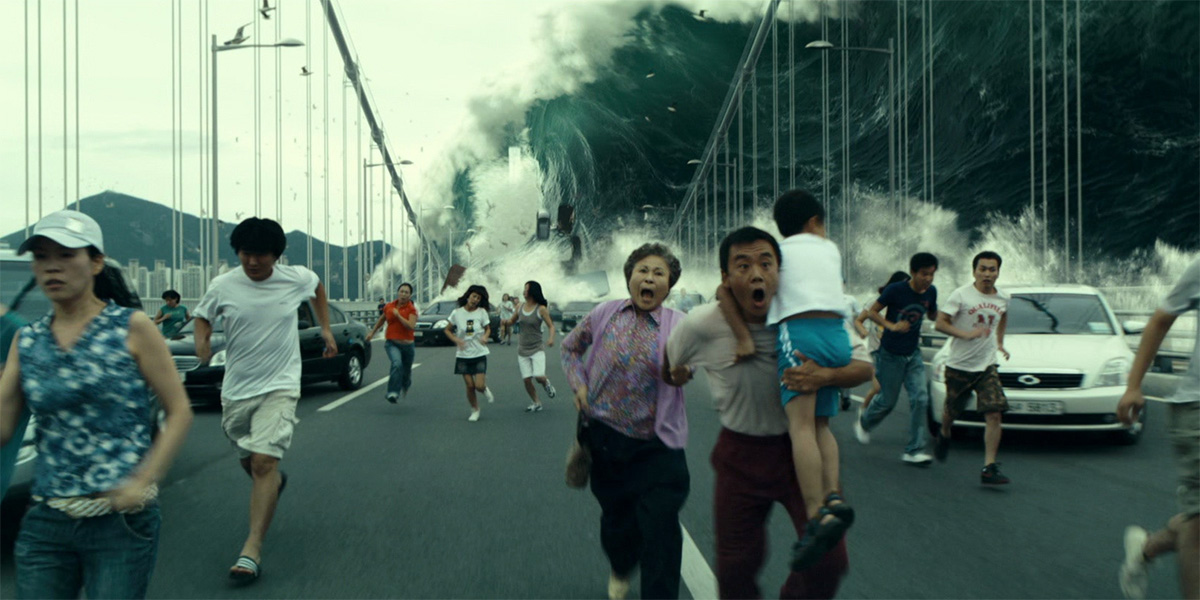Tidal Wave (2009) struck the world with a force that left a lasting imprint on the lives of millions. This natural disaster, also known as a tsunami, had devastating effects on coastal regions, causing widespread destruction and loss of life. The aftermath of this catastrophic event serves as a stark reminder of the power of nature and the importance of disaster preparedness.

As the massive waves crashed ashore in 2009, entire communities were engulfed in water, buildings crumbled, and lives were changed forever. The impact was felt not only in terms of physical destruction but also emotionally and economically. Families were torn apart, livelihoods were lost, and survivors were left to pick up the pieces amidst the wreckage.
In the wake of Tidal Wave (2009), efforts were made to provide aid and support to those affected. Emergency response teams rushed to the scene to rescue survivors and provide medical assistance. Humanitarian organizations and governments around the world mobilized resources to deliver food, water, and shelter to the displaced populations.

The road to recovery was long and arduous for the communities devastated by Tidal Wave (2009). Reconstruction efforts were launched to rebuild homes, schools, and infrastructure. The trauma experienced by survivors required mental health support and counseling services to help them cope with the emotional toll of the disaster.
Lessons learned from Tidal Wave (2009) underscored the importance of proactive measures to mitigate the impact of future natural disasters. Early warning systems were improved to alert coastal regions of impending tsunamis, enabling timely evacuations and saving lives. Preparedness drills and awareness campaigns were conducted to educate communities on how to respond in the event of a tsunami.
In the years following Tidal Wave (2009), resilience and strength were demonstrated by those who weathered the storm. Communities came together to support one another, rebuilding not only physical infrastructure but also the social fabric that binds them. The scars of the disaster may remain, but they serve as a reminder of the human spirit’s capacity to endure and rebuild in the face of adversity.
In conclusion, Tidal Wave (2009) left a profound impact on the world, changing lives and reshaping communities. While the memory of the disaster lingers, so too does the resilience and unity displayed in its aftermath. May we continue to learn from past tragedies and work towards a future where our preparedness and solidarity can withstand even the strongest of tides.





